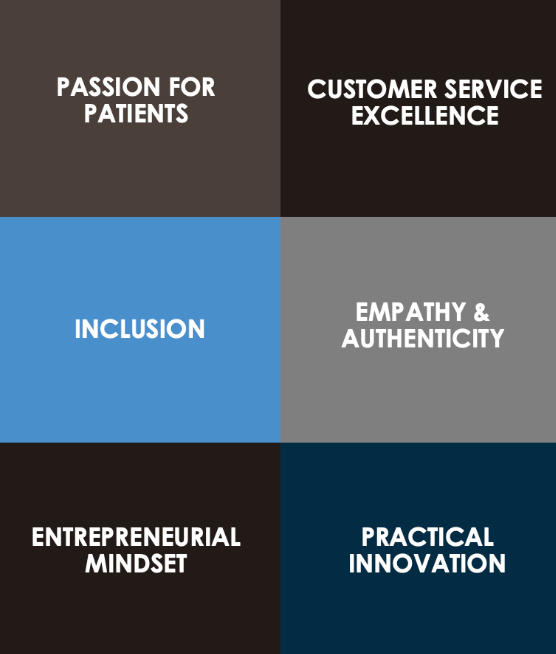To change the vaccine narrative, we need to apply narrative techniques
As published in Pharmaceutical Executive, March 1, 2021
Serene music plays softly as we see aerial footage of a park landscape. Dave’s voice tells us how he found himself in the hospital after waking up from a coma. We see Dave hiking a trail as we learn that he had always wanted to become a park ranger, but now he had meningococcal meningitis. Now, as he’s talking directly to the camera, he shares that for him to survive this severe infection, they had to amputate his fingers, toes, and the lower part of one of his legs, and the camera pans to show us that indeed, parts of his body are missing. Our protagonist did not let this terrible setback keep him from achieving his goals: We now see Dave in the uniform of a park ranger. Despite his missing limb, he manages to live a life full of adventure.
The catch around the COVID vaccines
Dave shares his story in order to remind us of why it is so important to consider the dangers of not getting a vaccine—for meningococcal meningitis in his case. It’s an example of a first-person narrative to get across a crucial message. After humanity has lost over two million loved ones worldwide to the coronavirus, biopharma has brought back optimism: Vaccines (plural!), developed and approved at breakneck speed, all of them delivering outstanding efficacy along with an excellent safety record.
The biggest catch around this development is not the logistical roll-out issues everybody’s been talking about. Those can be addressed and fixed with extra resources, coordination, determination, and goodwill. Determination and goodwill: that’s the real problem. Too many people seem to be more afraid of the vaccine shot than of the coronavirus itself. Too many people doubt “big pharma’s” honesty and therefore choose to take a wait-and-see approach. That should give us pause.
Good luck fighting gut reactions with data
Our industry’s instinctive response to misinformation is to point to the data: You’ve got to follow the science, right? And science, especially medical science, is sometimes messy and ambiguous. Gladly, not in this case. In fact, the research is crystal clear. These vaccines are critical to helping our societies overcome the virus. Everybody on board now? Sadly not.
First, there’s an interpretation problem: Confronted with raw data, many will draw inaccurate conclusions from it. They will see that some people still got sick from the virus and that a few even had problems because of the injection itself. They won’t consider how the shot prevents serious outcomes and hospitalizations from COVID-19, and how the observed adverse events overwhelmingly are a lot less serious than the viral infection.
There is also a trust problem: Even if we could take an understanding of the data for granted, some people will still doubt that the numbers reflect reality. Worse yet, they may even suspect a sinister hidden agenda behind the vaccination programs. To combat both interpretation and trust issues, we should start using first-person storytelling like the example above to help people get a better grasp of reality. When we share dry facts, we challenge our audience’s attention span and their propensity to look for flaws in our reasoning. But everyone will acknowledge that Dave knows best what it’s like to experience an infection of a disease preventable by vaccine.















